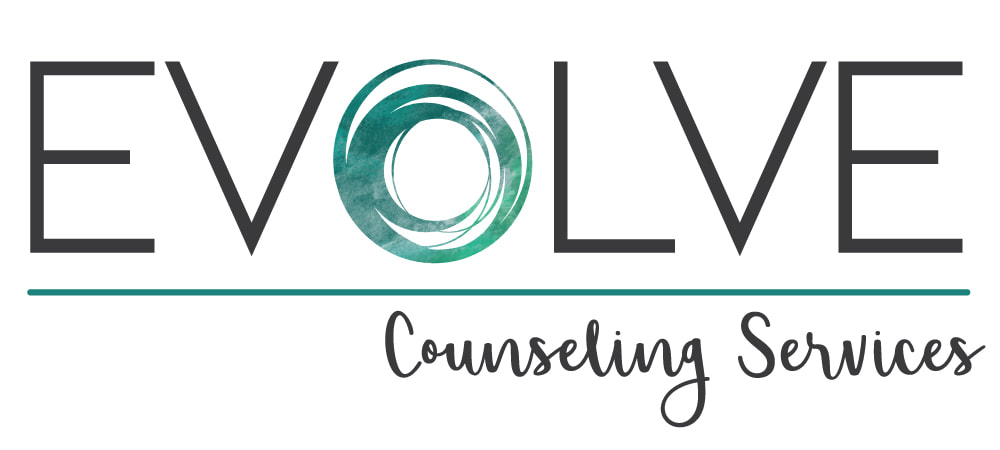
Understanding the Far-Reaching Effects of Depression: How It Impacts the Mind and Body
October 14, 2025
Understanding the Best Treatment Modalities for Depression
October 28, 2025
When we think of therapy, we often envision sitting in a quiet room, discussing our thoughts and emotions with a counselor. While traditional talk therapy can be incredibly effective, not everyone finds it easy to express their feelings through conversation alone. For those who struggle to connect verbally, experiential therapy offers a different path — one that focuses on experience, action, and emotional engagement to promote healing and personal growth.
So, what is experiential therapy, and how does it differ from other therapeutic approaches? Let’s explore what this treatment modality involves, when it’s used, and what makes it such a powerful tool in mental health and addiction recovery.
What Is Experiential Therapy?
Experiential therapy is a therapeutic approach that encourages individuals to identify and process emotions through active experiences. Instead of just talking about their feelings, clients act them out or engage with them in creative, physical, or expressive ways.
The goal is to help individuals uncover underlying emotions, beliefs, and past experiences that may be influencing their current thoughts and behaviors. Through these experiences, clients often find it easier to express emotions, build self-awareness, and gain insight into their relationships and inner world.
Experiential therapy is grounded in the idea that people learn and heal by doing — not just by analyzing. It’s particularly effective for those who feel “stuck” in talk therapy or who struggle to verbalize their emotions.
Experiential Therapy Techniques
There are many different experiential therapy techniques, each designed to engage a person’s emotions, senses, and creativity. These activities help clients tap into subconscious feelings and develop new coping strategies. Some of the most common techniques include:
Role-playing and psychodrama: Clients act out past or hypothetical situations to better understand their emotions and reactions. This technique allows them to process unresolved conflicts, trauma, or relationship dynamics in a safe and supported environment.
Art therapy: Through painting, drawing, or sculpting, individuals can express emotions that may be too complex or painful to put into words. The process itself often reveals insights into one’s inner thoughts and emotional state.
Music therapy: Creating, listening to, or moving to music can help people regulate emotions, reduce stress, and connect more deeply with their feelings.
Equine-assisted therapy: Working with horses can foster trust, enhance emotional awareness, and teach nonverbal communication. Horses are highly sensitive animals, and their responses can mirror a person’s emotional state, offering valuable feedback and opportunities for growth.
Adventure or outdoor therapy: Activities such as hiking, rock climbing, or group challenges enable individuals to confront their fears, build confidence, and develop problem-solving skills in a hands-on environment.
Gestalt therapy exercises: Clients might use empty-chair dialogues or guided imagery to explore unresolved emotions or internal conflicts.
Each of these experiential therapy techniques shares a common goal: to move beyond intellectual understanding and toward emotional engagement and transformation.
When Is Experiential Therapy Used?
Experiential therapy extends across a wide range of mental health conditions and personal challenges. It’s often incorporated into treatment plans for:
Addiction and substance use disorders: Many addiction treatment centers integrate experiential methods because they help clients confront the emotions and traumas underlying their substance use. Activities like art therapy, equine therapy, or role-play can help individuals process guilt, shame, and grief — emotions that often drive addictive behaviors.
Trauma and post-traumatic stress disorder (PTSD): For people with trauma, traditional talk therapy can sometimes feel overwhelming or triggering. Experiential therapy allows for safe, indirect emotional exploration, helping clients access and release repressed memories at their own pace.
Anxiety and depression: Expressive and physical experiences can break through emotional numbness and help clients reconnect with joy, creativity, and purpose.
Relationship and family issues: By engaging in role-playing or expressive exercises, individuals and families can gain a deeper understanding of one another’s perspectives, repair damaged communication, and foster empathy.
Personal growth and self-esteem: Experiential therapy can help clients rediscover who they are, what they value, and how they can move forward with greater confidence and authenticity.
Because experiential therapy can be adapted to many settings — from individual and group therapy to inpatient and residential programs — it’s a versatile approach that meets people where they are emotionally and developmentally.
The Benefits of Experiential Therapy
The transformative power of experiential therapy lies in its ability to connect the body and mind. By incorporating physical movement, creativity, and emotion, this therapy enables individuals to experience change on multiple levels.
Some of the most notable benefits include:
Emotional release: Clients often find it easier to express and release pent-up feelings during experiential activities than through conversation alone.
Increased self-awareness: By observing their reactions in real-time, individuals gain insight into their behavioral patterns and emotional triggers.
Improved relationships: Experiential therapy can enhance empathy, trust, and communication — essential skills for rebuilding healthy connections.
Healing through action: Engaging in meaningful, hands-on experiences reinforces the idea that healing involves not just thinking differently, but living differently.
Empowerment and confidence: Successfully engaging in therapeutic challenges can restore a sense of capability and control, particularly for individuals who have previously felt powerless.
Is Experiential Therapy Right for You?
While experiential therapy can be a deeply rewarding approach, it may not be suitable for everyone at every stage of treatment. For individuals dealing with severe trauma or instability, it’s important that experiential work be guided by a licensed therapist trained in these methods. When facilitated safely, it can serve as a complementary approach to talk therapy, medication, or other evidence-based treatments.
For many people, experiential therapy becomes a turning point in their recovery — a moment when they stop merely talking about change and begin experiencing it firsthand.
In short, experiential therapy offers a dynamic and engaging path to healing. By stepping out of the traditional therapy chair and into the world of creative, emotional expression, individuals can uncover deep insights, reconnect with themselves, and build lasting resilience.


